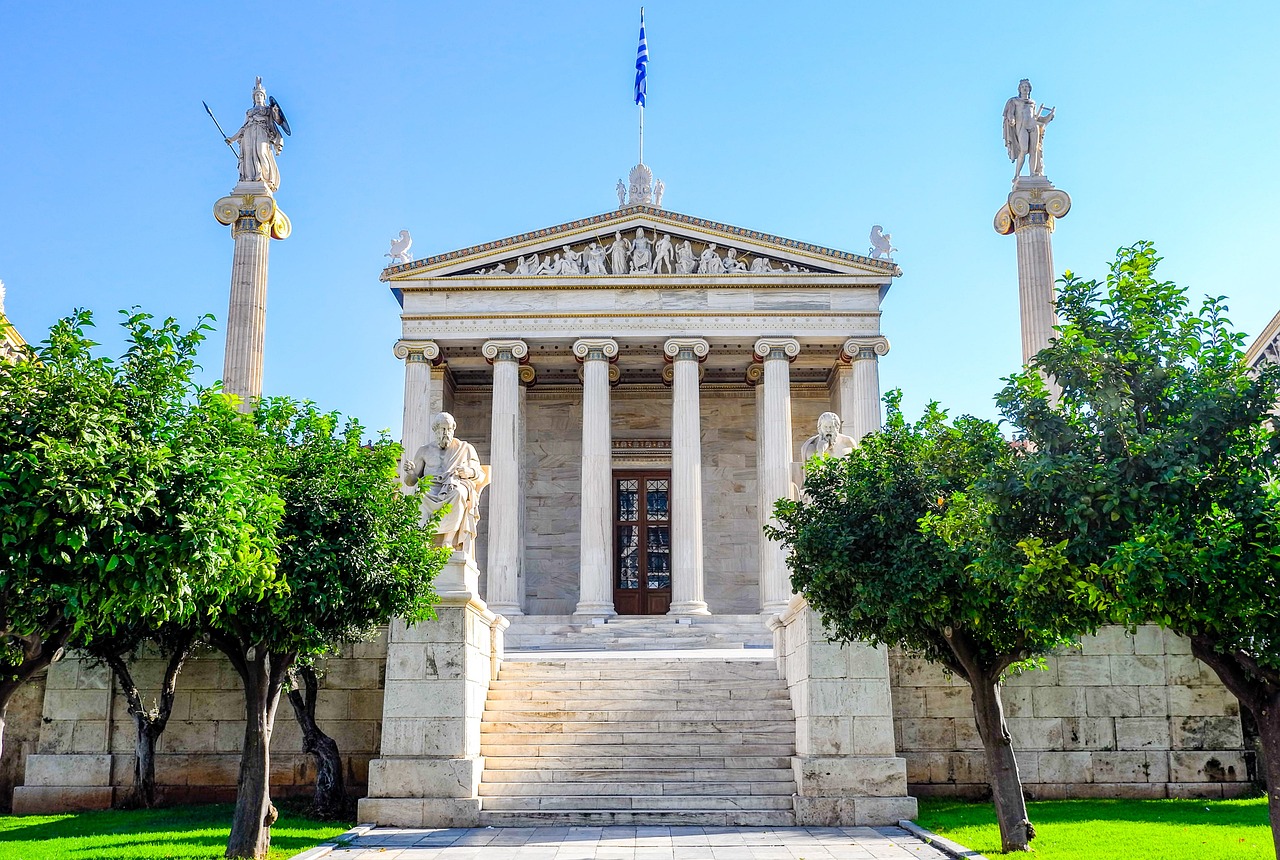Author: Sun WuKong
-
Statue of Bacchus: An Artistic Legacy Overview The Statue of Bacchus, an impressive artifact created between the first and third centuries, showcases both the artistry of an unknown Roman creator and a series of restorative efforts. Standing at dimensions of 96 5/8 x 30 x 28 1/2 inches (245.4 x 76.2 x 72.4 centimeters), this…
-
Athena, a prominent figure in Greek mythology, is revered as the goddess of wisdom, strategy, and warfare, and is often lauded for her guidance in various aspects of life, particularly in matters relating to the city and its defense. Unique in many respects, she stands as a symbol of civilized society and urbanity, contrasting sharply…
-
The ancient deity of the Celts, known as Brigid, dates back to the era of Pre-Christian Ireland. She is prominently featured in Irish folklore as a notable goddess and is recognized as the offspring of the Dagda. Brigid is linked with a variety of important themes, which sometimes complicates the understanding of her divine role.…
-
The Significance of Ra in Ancient Egyptian Religion Ra, also known as Re, stands as the revered sun god within the pantheon of ancient Egyptian deities. One of the most venerated figures in Egyptian mythology, Ra is mixed with other gods like Horus, forming identities such as Ra-Horakhty (the morning sun), Amun (the noonday sun),…
-
Introduction to Medb Medb, the daughter of the king of Tara, has a storied and complex legacy in Celtic mythology. Her narrative is marked by the shocking murder of her pregnant sister, a dark beginning that set the tone for her reign. Upon marrying Aillil, Medb seized control over Connacht, a territory that her sister…
-
Belenos: The Shining Deity of Celtic Belief Belenos, also recognized by various names such as Belen, Belenus, Belinus, Bellinus, and Bélénos, is a noteworthy figure within Celtic mythology. Considered one of the significant high gods in this belief system, he is widely acknowledged across the entire Celtic realm and is linked to various geographical locations…
-
The Irish have a unique and intimate connection with death, a bond that pervades their culture and history. As Scottish journalist Kevin Toolis poignantly notes, it’s rare to find a nation where “the dying…the living, the bereaved and the dead still openly share the world,” creating a rich tapestry of interaction during events such as…
-
Odysseus stands out as a principal character in Homer’s epic, the Odyssey, and is one of the most prominent figures depicted in Western literary tradition. In this narrative, he is introduced as the ruler of Ithaca, the offspring of Laertes and Anticleia (who herself is the daughter of Autolycus from Parnassus), and the father of…
-
Bennu: The Symbol of Rebirth in Egyptian Mythology Overview The Bennu bird is a significant entity in Egyptian mythology, believed to be a self-created being integral to the universe’s formation. Often identified as the ba of the sun god Ra, the Bennu bird provided essential creative energy to Atum, one of the principal deities. According…
-
Dreams, often described as hallucinatory experiences that transpire during sleep, have captivated human curiosity throughout history. This intriguing phenomenon has sparked a plethora of beliefs, fears, and theories about its uncanny nature. Classification systems may fall short, but prevailing notions about dreams typically categorize them based on various interpretations—whether as reflections of reality, tools for…







